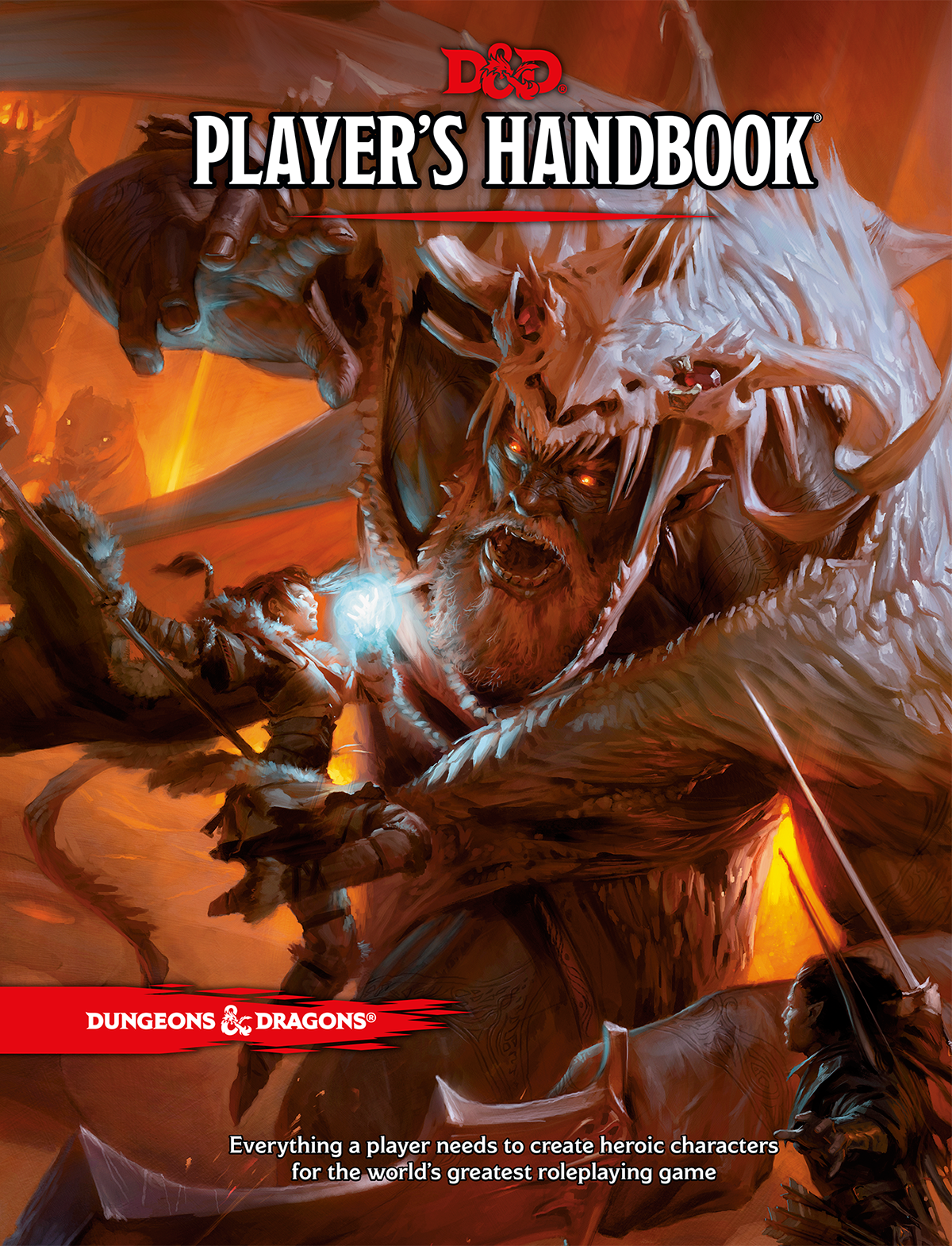


Dungeons & Dragons 5th Edition is a tabletop role-playing game (TTRPG) where you and your friends create characters and go on adventures in a fantasy world, guided by a storyteller called the Dungeon Master (DM).
This is a quick start guide to set you off on your journey, however we recomend purchasing a copy of the 2024 Dungeons & Dragons Player's Handbook. The 2024 Dungeon Master's Guide is also usefull if you are planning to host your own campaign.
What you need to run a game
Creating your first character can be a little daunting at first, you may find it easier to use some Premade charater sheets.
Picking a character will require the following:
Why not try our Quick Character Generator for some unique randomised and well-rounded characters. It's ideal for new players or for those who short on time.
Whenever your character tries someting risky (like attacking, picking a lock, or persuading a guard), roll a D20 and add your modifier (from your ability scores of proficiency). If the result is equal to or higher than the Difficulty Class (DC) set by the Dungeon Master (DM), you succeed.
Example: You want to jump across a chasm. The DM may set a DC of 14, You roll a D20 then add your strength modifier if you have one. A 14 or more means you have successfully jumped accross the chasm.
Starting with a one-shot adventure like: